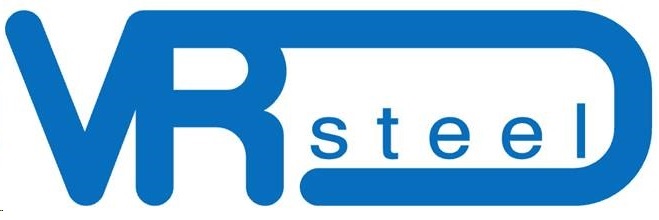VR Steel’s advanced multi-physics analysis capability drives operational efficiency
Mining operations are becoming ever more complex and integrated. The strive for higher operational efficiency, while on everyone’s radar, may have the unintended consequence of a fragile ecosystem – where each cog in the mining machine is required to do its part to meet the target output. This drive for optimum efficiency requires the continuous implementation of the latest technological innovations available on the market. More often than not, these innovative solutions have only been tested in a limited capacity, which makes many mines testing grounds for innovative solutions. If these prototypes deliver on what was promised, it could further refine the well-oiled mining machine and drive production to the next level. However, if these innovations fail, it can become a costly exercise with a sizeable downstream ripple effect across operations and production.

From a design perspective, it is essential to replicate the operational characteristics of a new product concept in a simulation environment in an attempt to replicate reality as closely as possible. The simulation environment will also depend on the problem at hand. CAE (Computer-Aided Engineering) packages exist to simulate particle material flow (Discrete Element Methods), dynamics and kinematics (Multi-body Dynamics), structural stress analysis (Finite Element Analysis) and a host of other real-world physical characteristics. All these packages generally operate in isolation and simplify the analysis to the confines of the software package’s ability.
The real power of simulation comes in when combining these software packages. By coupling specialised CAE tools from different physics domains, a more realistic representation of the product can be created. This enables accurate behaviour replication, all within a safe, simulated and repeatable environment. VR Steel is at the forefront of coupled analysis and has the ability to combine particle material flow, dynamic analysis and stress analysis in the same simulation environment. This provides a comprehensive analysis tool which can be utilised to design innovative solutions and solve complex mining problems. An illustration is provided of a BE 1,570 W dragline bucket simulation where the 1st and 2nd generation VR Taper Buckets are compared. In this coupled simulation, a multi-body dynamics package is utilised to account for the overall dynamics and kinematics in the simulation. This is coupled with particle flow software, to provide ground reaction forces during excavation. Finally, the forces derived from the interaction between these software packages are used as input forces for structural stress analysis (click here to see the full simulation video).
Through an extensive iterative optimisation process, VR’s 2nd generation taper bucket revealed an improvement of 8.3% in efficiency. This increase was quickly validated when the first 2nd generation bucket hit the dirt.
Being able to replicate real-life mining conditions enables VR Engineers to continually improve and expand upon their product offering with minimal risk to the end user. This makes VR Steel a highly sought-after technology partner in the mining industry.












